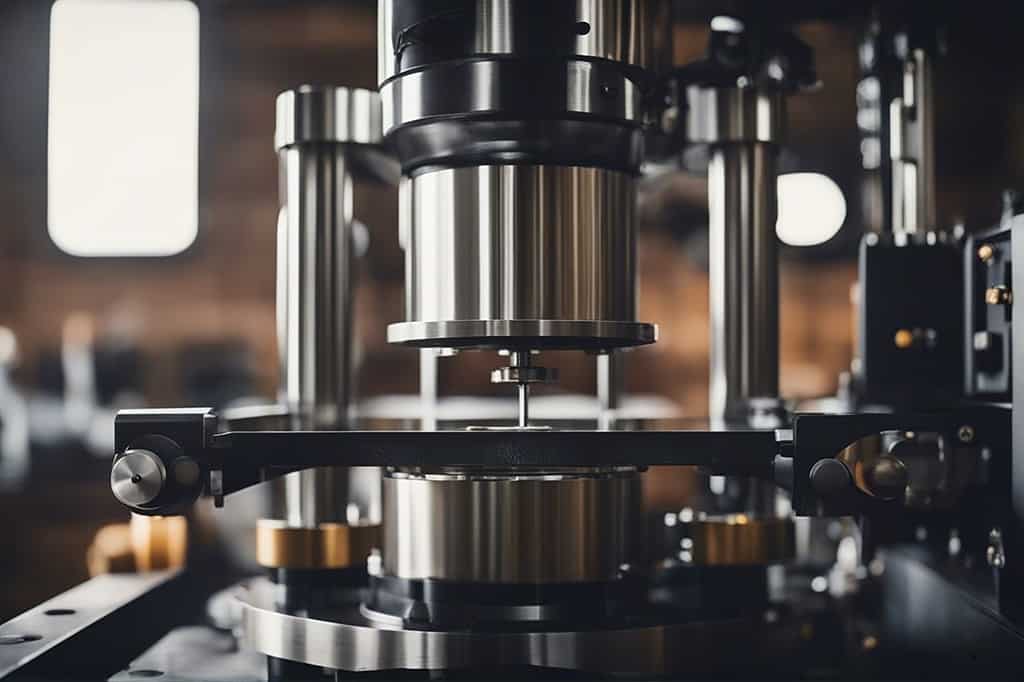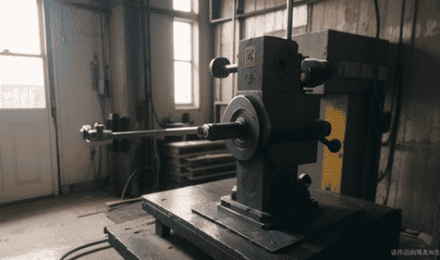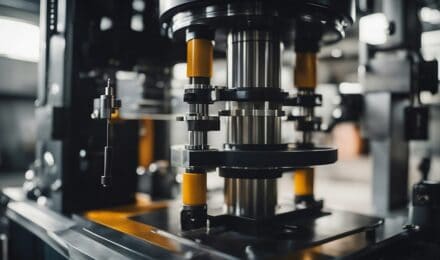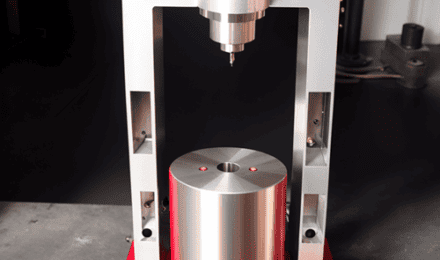Hydraulic presses are powerful and versatile production tools used across a wide range of manufacturing industries. From automotive workshops to aerospace factories, hydraulic presses enable high-force metal forming, pressing, molding and assembly operations.
With hydraulic press forces ranging from just a few tons up to 50,000 tons or more, it’s critical to match the press size and capacity to your specific production requirements. Choosing a properly sized press ensures you get optimal performance and results from these hydraulic workhorses.
This article provides practical guidance on the key factors to consider when selecting a hydraulic press for your manufacturing processes and production environment.
Assess Your Force Requirements
The most fundamental consideration is the amount of force or tonnage the press must generate for your applications. Hydraulic press capacity is rated in tons, with one ton equaling 2,000 pounds of force.
First, determine the maximum amount of force that will ever be exerted by the press. This may involve calculations based on the maximum forming load requirements, material strengths, press speeds, and stroke lengths. Also factor in potential future production needs to avoid selecting a press that meets today’s needs but leaves no room for growth.
Next, evaluate the typical day-to-day tonnage requirements for your regular production runs. Size the press to handle peak forces, but operate predominantly in the 50-80% range of its tonnage capacity for normal usage. This preserves the longevity of hydraulic components and ensures the press can cost-effectively deliver years of service.
Consider Both Bed Size and Stroke Length
In addition to tonnage, the size of the press bed and stroke length are key sizing parameters.
The bed is the lower stationary platen where tooling, dies and workpieces are mounted. For efficient production, the bed must provide sufficient work area for the parts being pressed or assembled. Consider both the footprint length and width required. Allow some extra margin beyond the bare minimum dimensions.
The stroke or ram travel determines how deep into the bed a workpiece can be pressed. Make sure to account for the total stacked height of material needing compression. Avoid presses with insufficient stroke length, as they can overtravel and damage hydraulic components. A slightly longer stroke can provide production flexibility.
Match Press Speed to Cycle Time Needs
Press speed, measured in strokes per minute, influences productivity. Presses with higher speeds can achieve faster cycles and greater throughput.
Consider both the time for the active pressing stroke as well as the entire cycle time inclusive of ram return back to top position. Calculate the cycles times needed to meet your production targets and choose a press rated for those speeds.
Faster speeds also require more powerful hydraulic systems to deliver increased oil flow rates. Make sure the press tonnage capacity remains matched to your force requirements.
Evaluate Special Requirements
Certain applications have unique requirements that impact press selection.
Hot presses include heated platens for compression molding of plastics or powder metallurgy parts sintering. Electrically heated presses reach over 500°F, while gas-fired boilers can achieve much higher temperatures.
Hydroform presses allow liquid-assisted forming. Drain pans and catcher trays contain escaping liquids or oils. Special seals protect hydraulic components from contamination.
Need to embed wires or leads during pressing? Choose a ram with internal channels that protect and guide wire placement into parts.
Consider Safety Standards
All hydraulic presses must meet stringent safety requirements to protect operators. Key safety features include:
-Restraining devices that prevent uncontrolled slide descent if hydraulic pressure is lost
-Guards and fencing to secure hazardous areas
-Sensors that halt motion when hands are in point of operation
-Brake engagement and hydraulic sequencing that safely arrests ram motion
-Emergency stop buttons located within easy reach of operators
Prioritize Reliable Manufacturers with Strong Service
When investing in capital equipment, the quality and reliability of the manufacturer is critically important. Established press makers like Schuler, Macrodyne and Beckwood Press have proven track records of superb performance and durability.
Also consider the availability of local sales and service support to handle press maintenance, repairs and troubleshooting issues. Routine preventive maintenance extends press lifetime.
While upfront cost is a factor, a high-quality press will far outlast lower-priced units. Choose machinery built to handle 24/7 production environments for years of reliable service.
Ensure Structural Stability from Bed to Frame
The press frame, or C-frame, supplies the foundation for withstanding enormous pressing forces. The heavier the construction, the greater the frame rigidity and ability to resist flexing.
For the bed and ram, a one-piece plate construction is stronger than fabricated beams. There should be minimal deflection between sides of the bed. This ensures proper die/punch alignment and straight pressing motions throughout the stroke.
On large presses, steel-plate frames provide the greatest durability. Lighter presses may utilize steel welded frames. Avoid aluminum framing, as it cannot withstand the same abusive shop conditions over time.
Ergonomic Factors
While press capacity is foremost, also evaluate ergonomic factors like noise levels, control panel locations, accessibility for die setups and servicing, and visual line-of-sight into the press bed. Worker-friendly features improve safety and productivity.
Conclusion
Matching a hydraulic press to your production needs requires considering tonnage capacities, bed sizes, speeds, stoke lengths and special capabilities. Seeking a reputable manufacturer and a heavy-duty frame ensures years of reliable service. Taking the time to properly size a press upfront is well worth the effort and pays dividends through maximized uptime, performance and processing results.
With attention to these selection factors, you’ll choose a hydraulic press that delivers the muscle and reliability your manufacturing operations demand.






